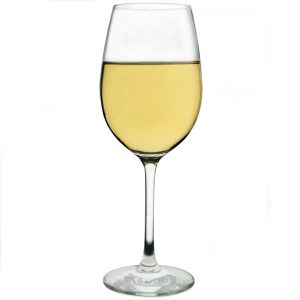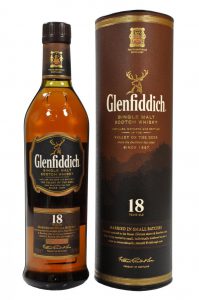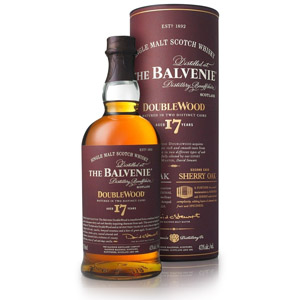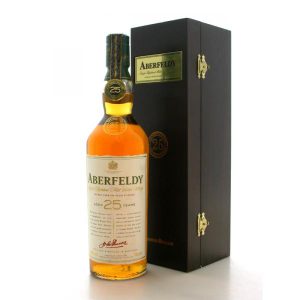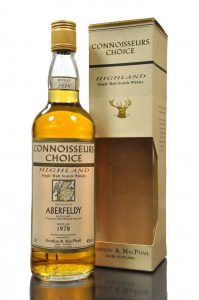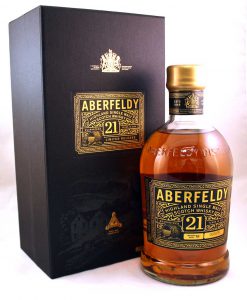Storage:
Storage of wine is very important because if not stored incorrectly it can affect the flavour and in severe cases the wine can become faulty.
The following points should be followed while storing wine:
- Temperature:
It should be kept at a cool temperature. The ideal temperature for storage is somewhere between 10°C and 15°C. If the is exposed to a high a temperature for long period of time, it may get spoiled and develop off-flavors. If it is exposed to temperatures that are too cold, it can freeze and expand, causing the cork to be pushed out of the bottle to crack; this will allow more oxygen to be exposed to the wine.
- Temperature Stability:
It must be kept in an environment where the temperature is constant and stable. An acceptable level of temperature fluctuation is said to be about 2 to 3°C (5°F) around the average once per year.
- Storage:
It should be stored in a horizontal manner to ensure that the cork remains in contact with the wine as if the cork dries out, it will let air in the bottle which will make the wine stale. Also if the cork is not in contact with wines it may get dry which will either cause sediments in the wine or the cork breaking while opening the bottle.
- Darkness:
It must be kept in a dark place as strong sunshine and bright artificial light can heat the wine and make it become stale and old.
- Humidity:
Keep the humidity between 60 – 80%. High humidity keeps the cork from drying and minimizes evaporation. Don’t allow the humidity to go too much over 80%, because it can encourage the growth of mold and cause the labels to loosen.
- Ventilation:
Keep the wine away from anything that has a strong smell, as wines tend to breathe and the smell will go through the cork and spoil it. Good ventilation may help prevent musty odors from entering it.
Serving temperature:
Different wines need to be served at different temperatures
| Sparkling / Sweet | 4 – 6 C |
| Light White / Rose | 6 – 8 C |
| Heavy White | 8 – 12 C |
| Light Red | 12 -14 C |
| Heavy Red | 15 – 18 C |
| Fortified | 14 – 17 C |
Storage:
Wine Cooler/Refrigerator:
This will generally keep the temperature constant, as long as you’re not constantly opening and closing the door of the Cooler. Good humidity levels are maintained as well. Some have different temperature zones for different wines.
*Al Things Nice represents many Wine cooler companies and we can fulfil all your wine cooler


